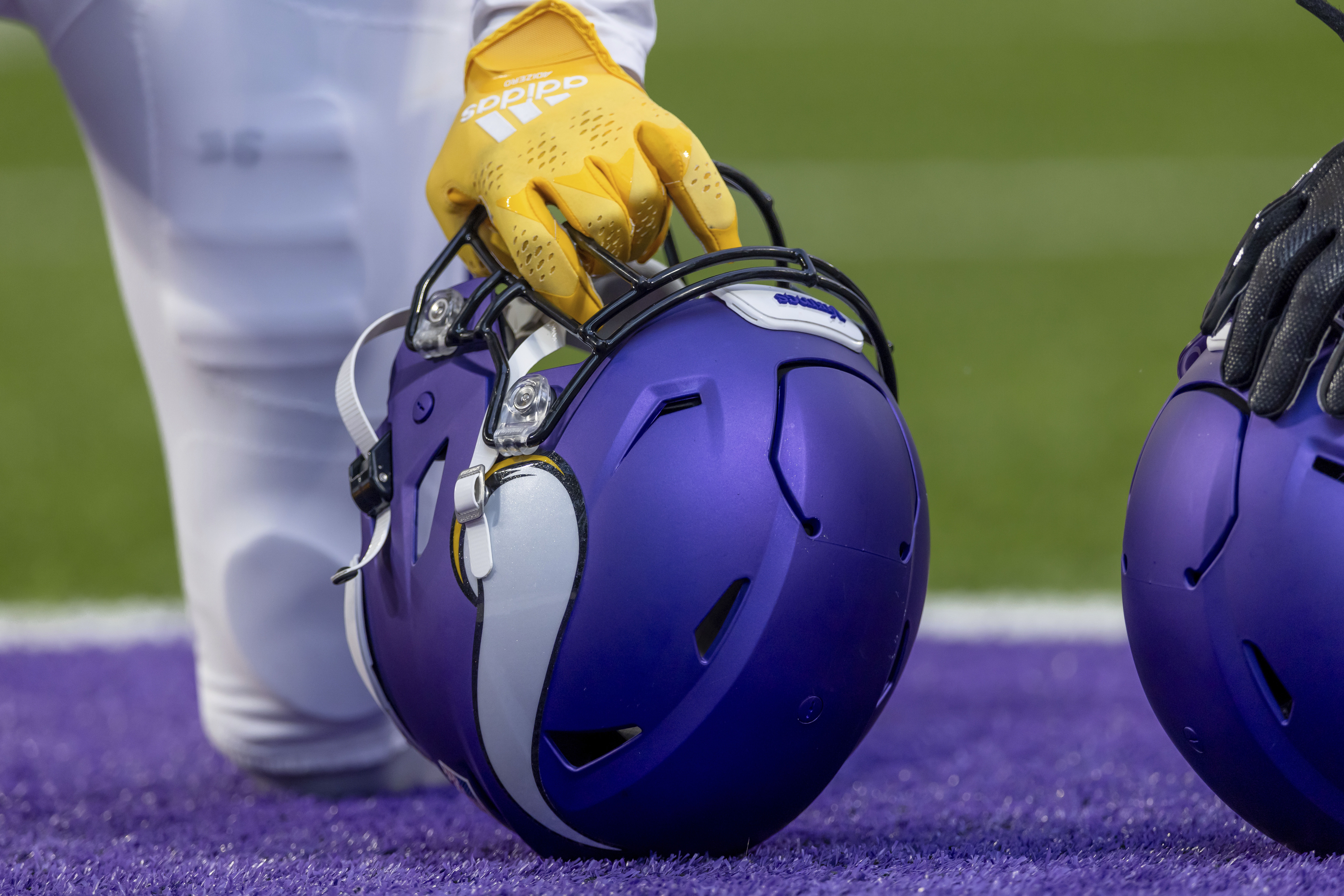New York (CNN) — In good economic times and bad, people’s self-control to spend within their means on gifts during the holiday season flies out the window. For decades, credit cards bore the brunt of compulsive holiday spending habits. But increasingly, they’re sharing the spotlight with Buy Now, Pay Later companies.
On Cyber Monday, BNPL purchases hit an all-time high, up 43% from a year ago, according to Adobe Analytics. The number of items per order also rose 11% annually as shoppers used BNPL for larger purchases.
Like credit cards, these companies allow customers to make purchases even if they don’t have the money on hand to pay for the goods or services at the point of sale. Instead, users can pay in interest-free installments over a typical period of six weeks. Unless they make a late payment there are usually no fees. Alternatively, they can elect to make payments over a longer timeframe but they could be subject to an annual percentage interest rate as high as 36%.
Before the Federal Reserve started raising interest rates in March 2022, BNPL companies such as Affirm, Klarna, Afterpay, Zip and Sezzle were able to get funds to lend out to customers at a relatively low cost.
That meant they could lend liberally to customers, many of whom don’t have a long credit history or don’t have a high enough credit score to qualify for traditional credit offerings. And, unlike credit card companies, BNPL companies usually don’t run traditional credit checks on customers. In addition, they are not required to report missed or late payments to credit bureaus.
But as the Fed continued to raise rates to fight inflation, BNPL companies have had to pay a lot more for the money they loan out. For instance, one such lender, Affirm, noted in its latest earnings report that its funding costs increased by 195% for the three months ended in September compared to the same period in 2022.
But that doesn’t mean Affirm and other BNPL companies have made fewer loans. “It’s lending on steroids,” said Marshall Lux, a senior research fellow at the Harvard Kennedy School.
A numbers game
“New users are the highest-risk loans we will write,” Affirm CEO and founder Max Levchin said on the company’s quarterly earnings call last month. “When you have never transacted with Affirm before, by definition we don’t know you as well as we do someone who has transacted already.” That’s why Levchin said the company is “deliberately careful with approving new consumers.”
That’s become even more critical with interest rates at the highest level in over two decades. As Affirm noted in its earnings report, consumers are also adversely affected by higher interest rates because it leads to heftier financial commitments outside of BNPL. For companies like Affirm, this raises the possibility that customers won’t make payments on time — or even worse, at all.
Even though the majority of its customers make payments on time, Affirm has seen a slight uptick in the share of transactions that aren’t being paid on time. For instance, in the quarter that ended in September, 5.15% of loans were more than four days past due, compared to 4.1% from the prior quarter.
So, companies are focused on forging relationships with good customers to get them to be repeat users. The more transactions they make, the more data BNPL companies have to determine how much they can afford to lend to them and at what rate. As the companies have grown, their models for underwriting the loans, which occur on a transaction-by-transaction basis, have become more sophisticated.
“The more you know about your customers, the more safely you can lend,” said Jaime Toplin, a senior financial services analyst at Morning Consult.
Affirm, for instance, saw a 42% increase in the share of transactions coming from repeat users over the past year, according to its earnings report.
Afterpay, another BNPL provider, launched a rewards program two years ago that gives users points if they make on-time payments for at least four orders of $40 or more every six months. But it’s unclear if this strategy is paying off for Afterpay, since it doesn’t publicly disclose the share of transactions generated by repeat customers.
Even if companies are getting better at growing their share of repeat customers, it’s not stopping shoppers from turning to multiple BNPL providers. That’s problematic for the companies because they don’t know what a customer’s total BNPL debt obligations are, said Lux, who worked as a chief risk officer for Chase at the height of the Great Recession. In his view, this is leading people to take on more debt than they can afford.
Shifting away from zero-interest loans
As interest rates have gone up, BNPL companies aren’t making as many interest-free loans, absent any other changes to the terms they set with individuals and merchants.
For Affirm, 74% of its gross merchandise volume was from interest-bearing loans last quarter, compared to 64% a year ago. Affirm’s chief financial officer Michael Linford said in a November shareholder letter that these loans enable the company to “responsibly extend access to credit to more consumers.”
“Rising interest rates have an impact but do not flow through on a one-to-one basis,” Matt Gross, a spokesperson for Affirm, told CNN. “As rates go up, our solutions are even more valuable to consumers and merchants,” he said.
Reworking terms with retailers
There are two major sources of income for BNPL companies — the interest users pay to take on longer-term payment plans and the fees they collect from retailers.
With regard to the latter, it works like this: If an item costs $100, a BNPL company might offer a retailer $95 instead of the full amount the customer has to eventually pay for. Retailers are willing to do that because they otherwise wouldn’t be able to get any money from someone who doesn’t have the funds readily available and lacks access to other forms of credit, said Michael Taiano, a vice president at Moody’s Investors Service who covers US-based lenders.
That also leads to higher average order sizes, since BNPL users “can spend more than they would otherwise because they’re able to spread out the payments,” he added.
“We don’t know to what extent [BNPL companies] are renegotiating pricing with those individual merchants as interest rates have gone up,” since they don’t publicly disclose this, Taiano told CNN. But he believes there’s a high likelihood it’s happening.
The-CNN-Wire
™ & © 2023 Cable News Network, Inc., a Warner Bros. Discovery Company. All rights reserved.





